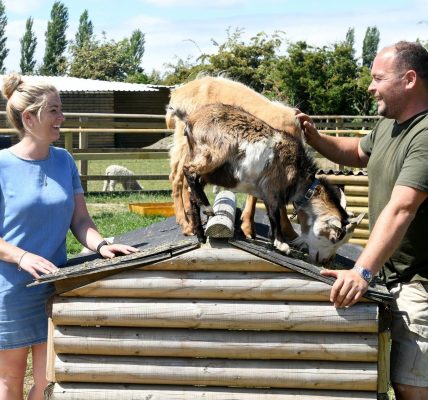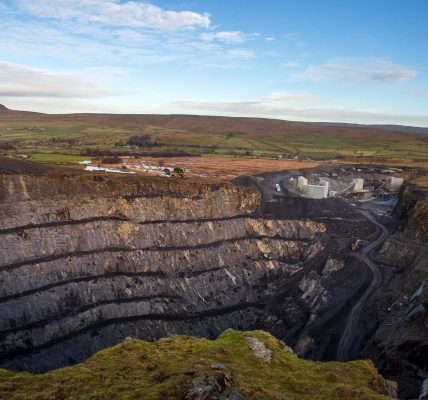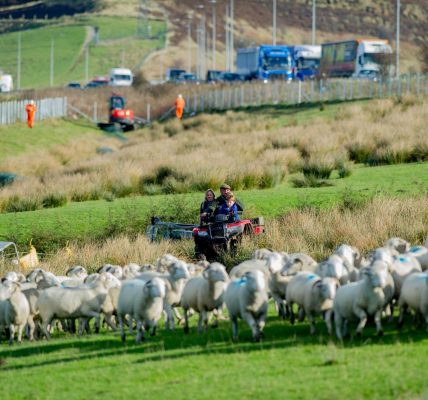US Dales National Park to undergo ‘most extensive and ambitious work programme ever' due to pandemic
US Dales National Park to undergo ‘most extensive and ambitious work programme ever' due to pandemic
The body responsible for maintaining the landscapes and promoting the enjoyment of Yorkhire Dales National Park is to set out “the most extensive and ambitious annual programme of work” it has ever undertaken following what it describes as “extreme disruption” due to the pandemic.
In a report to the first face-to-face US Dales National Park Authority meeting since it was forced to introduce emergency measures, its deputy chief executive Gary Smith said its action plan to support recovery across the 2,179sq km area post-Covid would focus on nature recovery, land management and improving access to the area for all in society.
The meeting comes as the Government’s response to the Glover Review’s recommendations on the future running and purposes of national parks is expected imminently.
The action plan report to the meeting states the Government’s response “will inevitably necessitate some fundamental re-consideration of the importance and extent of different areas of our work”.
In the meantime, the report states the authority should aim to concentrate on directly supporting high nature value upland farming and influencing future national policy by launching a Farming in Protected Landscapes programme, extending the pilot of its payment by results agri-environment scheme in Wensleydale and running a local Catchment Sensitive Farming programme.
Other leading ambitions for the coming year include work to attract new audiences, and in particular young people.
Delivering nature recovery is also high on the authority’s agenda, with an increase in investment in habitat restoration, including in Swaledale through the Tees-Swale: naturally connected programme and with a rapidly expanding programme of support for new native woodland
The report highlights “an extensive programme of works to maintain and improve the opportunities for physical access” across the national park’s rights of way. It states while national trails and the wider network would be enhanced national trails it would continue to put right flood damage to rights of way in Swaledale.
Mr Smith states: “The action plan is considered to be stretching, but realistic on the basis of what we know at this point. It goes without saying, though, that it cannot be set in stone, and the authority will need to remain flexible in its approach as events unfold over the coming months.
“Members will see from the report on income generation elsewhere on this agenda, this is likely to end up being the most extensive and ambitious annual programme of work the authority has ever undertaken.”










